phantom loads
solar tubes: free energy lighting option
solatubes simple ducted mini-skylight devices that bring daylight to interior rooms; even first floor halls and basements can benefit from these energy free “light fixtures”…
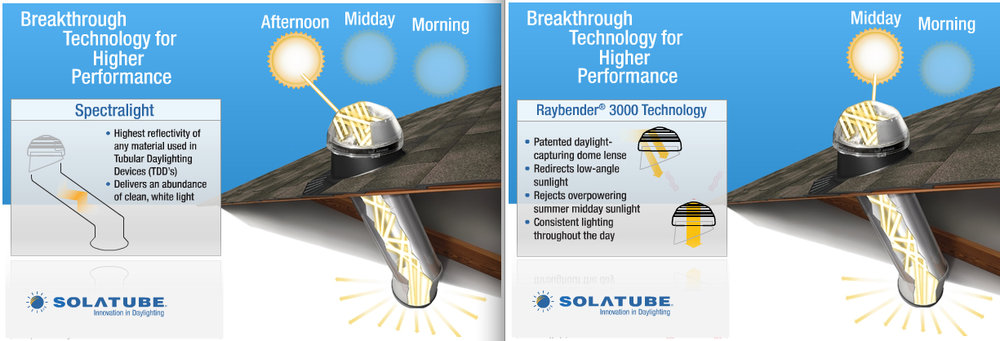
solatubes have reflective mylar liners that bring light deep into the house… they also have a damper switch that allows them to be “turned off,” so the light can be blocked out when room darkening is needed.
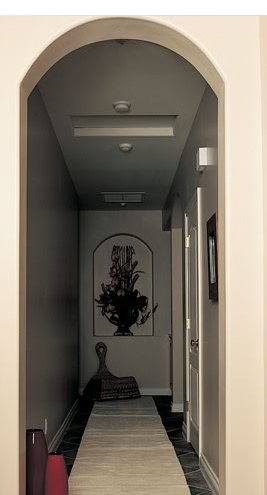
interior hallway before
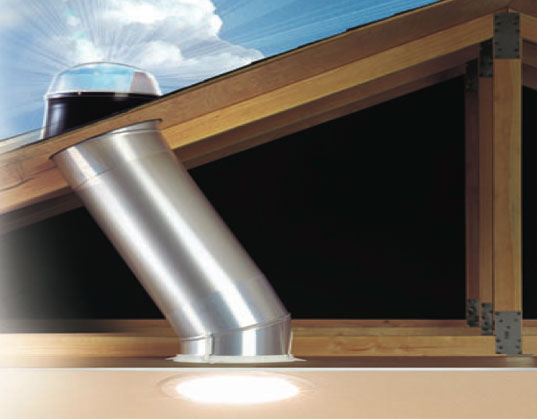
solatube added,
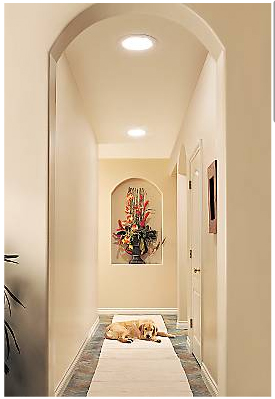 same hallway after
same hallway after
carbon reduction is another reason to use solar tubes is described by sunpipe who cliams to be “a major carbon dioxide footprint reducer since 1991 (a reduction of 650 Lbs carbon/Yr/SP-13 based on 300 watts of energy savings 5 hours/day x 5 days/week.)”
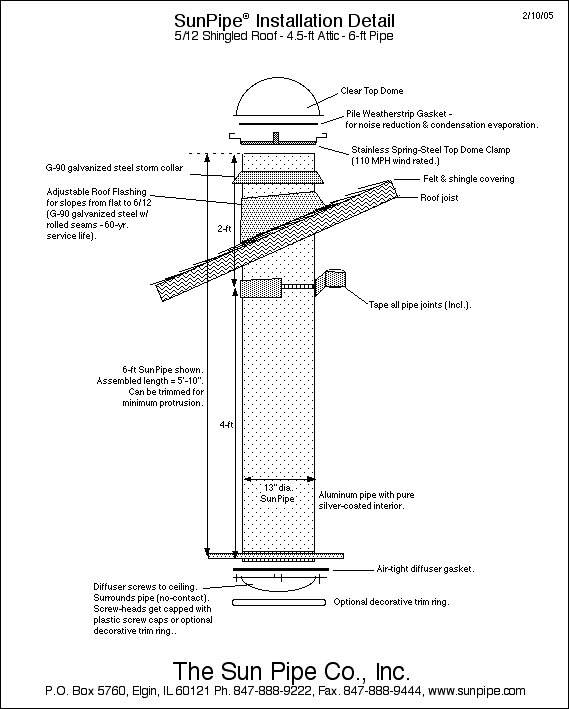
the average solatube daylight system product costs range from $250- $400 each, and can be installed fairly easily by homeowners.
ecohome: 15 products that piqued readers' interest
top 15 reader-requested products of 2011
The 15 products that piqued EcoHome readers’ interest,including tankless water heaters, LED lighting, and green walls.
Each year, EcoHome publishes information on hundreds of green building products in our print magazine and on our Web site, from water-conserving fixtures to energy-saving insulation to recycled-content tile. One way we track reader preferences is to tally which products from our e-newsletter garnered the most user clicks combined with which products enticed print readers to request more information via “circle numbers” found at the end of each product caption.
Leading this year’s list of 15 is CertainTeed’s EnergyEdge, which insulates concrete slab edges to cut back on a home’s energy loss by as much as 24%. Also among the ranks are Dow’s structural insulated sheathing, Kingspan’s solar thermal system, and Woodharbor’s frameless cabinetry.
Click on the slide show to see all top 15 products that piqued EcoHome readers’ interest this year.
passive house
a very well-insulated, virtually air-tight building that is primarily heated by passive solar gain…and by internal gains from people, lighting, appliances and electrical equipment, etc.
the beauty of the passive house is that once it is built, there is little need for energy in-put for heating or cooling. it lends itself well to off-grid applications, heavy heating and cooling environments, and low-income neighborhoods…
lower lifetime energy use
The Passive House standard was developed in Germany (where it’s known as “Passivhaus”) in 1996 by physicist Wolfgang Feist, who was inspired by and fully acknowledges the influence of the groundbreaking, superinsulated houses built in the United States and Canada in the 1970s.
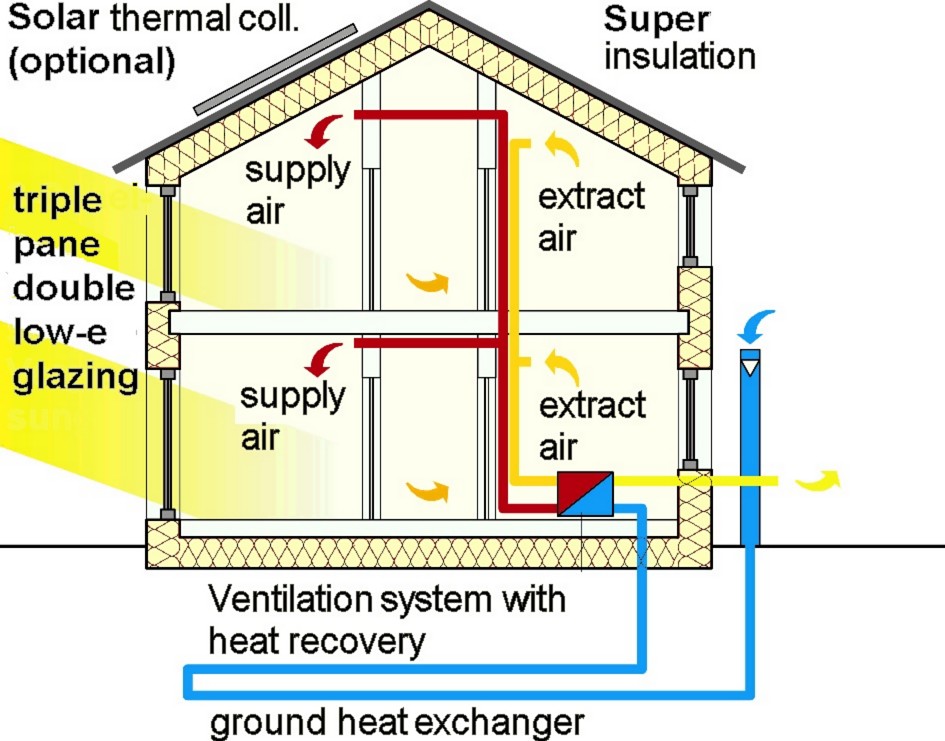
In this country, Feist’s work has been championed by German-born architect Katrin Klingenberg, who started the Passive House Institute US, also known as PHIUS in Urbana, Ill.
according to the Passive House Institute USʼs website,
“A Passive House is a very well-insulated, virtually air-tight building that is primarily
heated by passive solar gain and by internal gains from people, electrical
equipment, etc. Energy losses are minimized. Any remaining heat demand is
provided by an extremely small source. Avoidance of heat gain through shading
and window orientation also helps to limit any cooling load, which is similarly
minimized. An energy recovery ventilator provides a constant, balanced fresh air
supply. The result is an impressive system that not only saves up to 90% of space
heating costs, but also provides a uniquely terrific indoor air quality.”
Article passive house


